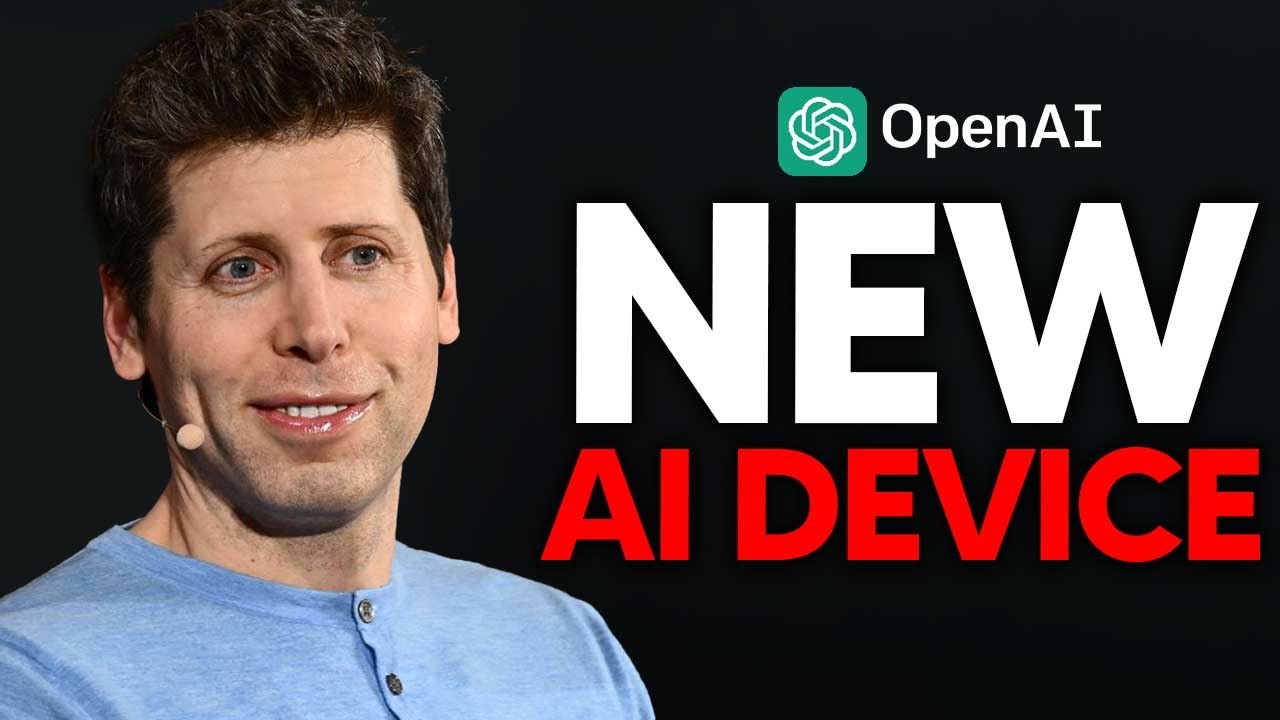The text discusses significant developments in artificial intelligence, robotics, and autonomous vehicles, highlighting OpenAI’s new AI product, Tesla’s AI autonomous fleet, and advancements in advanced robotics. Collaboration between companies like OpenAI and Figure aims to integrate cutting-edge AI models with robotic systems to enhance cognitive abilities and efficiency in the robotics industry, indicating a transformative period where technology is reshaping industries and daily life.
Open AIs New AI Product, Teslas AI Autonomous Fleet, OpenAIs Future Robot Plans, New Robots and More
In the realm of artificial intelligence, there have been significant developments and partnerships that are shaping the future landscape. OpenAI’s new AI product, spearheaded by former Apple designer Joanie IV and OpenAI CEO Sam Altman, is in funding talks with major venture capital firms, signaling a disruptive entry into the AI device market. Humane AI, a competitor, has raised over $200 million and introduced an AI pin device, indicating a growing market for AI-powered products. The potential billion-dollar funding sought by Joanie IV and Sam Altman aligns with the valuation of similar companies, showcasing the growing interest and investment in AI technology.
Tesla’s AI autonomous fleet is set to revolutionize transportation with the introduction of Robo-taxis, allowing owners to rent out their vehicles for autonomous taxi services. Despite previous delays, Elon Musk’s vision for a fully autonomous fleet is nearing realization, promising significant profits for owners and a transformative shift in the transportation industry. The ambition to have AI-driven vehicles operate autonomously, potentially reducing the need for human drivers, raises questions about the future of transportation and the impact on traditional employment models.
The emergence of advanced robotics, such as the Ambidex robot arm, showcases the potential for lightweight and flexible robotic systems that can perform complex tasks with precision and safety. Teleoperation capabilities hint at a future where fully autonomous robots could seamlessly integrate into various industries, enhancing efficiency and productivity. Collaborations between tech giants like OpenAI and robotics companies like Figure point towards a convergence of cutting-edge AI models with robotic systems, enabling advanced language reasoning and motor control for enhanced robotic capabilities.
The integration of advanced AI models by OpenAI into robotic systems developed by Figure highlights a collaborative effort to combine language reasoning with low-level motor control. The synergy between high-level language reasoning AI from OpenAI and low-level motor control AI from Figure demonstrates a holistic approach to developing intelligent robots capable of intricate tasks. The partnership aims to enhance the cognitive abilities of robots, enabling them to process spoken commands, reason, and execute tasks autonomously. The fusion of AI technologies from different domains is expected to drive innovation and efficiency in the robotics industry.
Overall, the advancements in AI, robotics, and autonomous vehicles signify a transformative period where technology is reshaping industries and daily life. The convergence of cutting-edge AI models, lightweight robotics, and autonomous transportation systems foreshadows a future where intelligent machines play a central role in various sectors. The collaborative efforts between companies like OpenAI and Figure underscore the importance of integrating diverse AI technologies to unlock the full potential of robotics. As these innovations continue to evolve, the impact on society, employment, and daily routines is expected to be profound, ushering in a new era of intelligent automation and efficiency.
